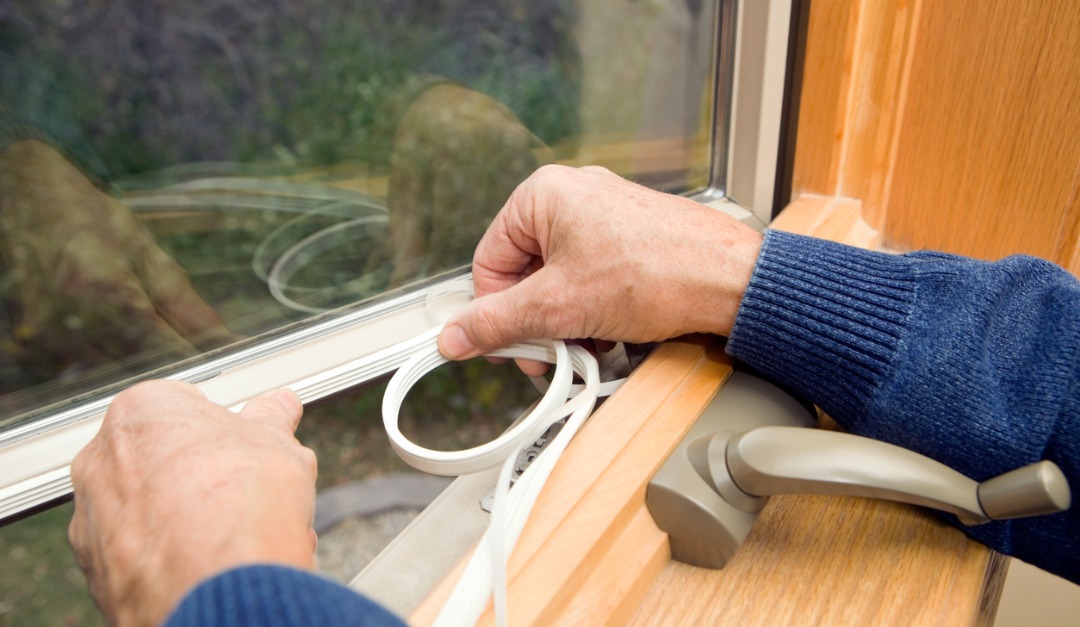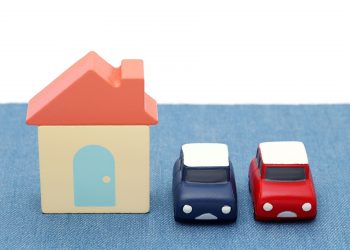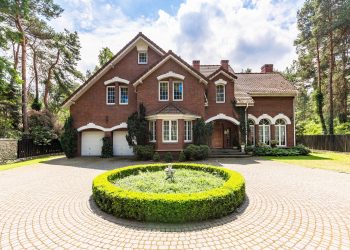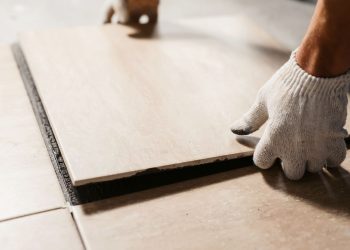Energy efficiency is an increasingly important characteristic for luxury homeowners. While there are a handful of cutting-edge technologies and systems that promise to achieve this, one tried and true strategy has been around for decades. This method is known as passive design and originated in Sweden in the late 1980s. By following a few simple principles, passive homes can decrease energy consumption by up to 90 percent. If that sounds appealing, read on to learn the basics.
Orientation
By carefully planning which direction the house is facing and where the windows are located, passive homes capture heat from direct solar light in the winter but receive shade in the summer. This is integral to significantly reducing the need for heating and cooling systems throughout the year.
High-Performance Windows
Of course, you’re going to have to invest in quality windows if you want your home to prevent heat gain in the summer but retain it in the winter. Triple-glazed windows are widely considered the gold standard for this and allow you to enjoy your view without having to worry about wasting energy.
Insulation
Insulation is another key factor in passive design. The obvious benefits of a well-insulated home are that it helps to regulate heating and cooling, as well as reduce your carbon footprint. An added bonus—it will also decrease noise pollution from outside.
Sealed Enclosure
It’s essential to properly seal an eco-friendly home if you want to prevent air leakage. Making sure that your windows and doors are airtight is a good place to start, but you’ll also want to check places where plumbing and wiring come through the walls.
Ventilation
Just because your home is airtight doesn’t mean that you need to be breathing stuffy air all day long. You’ll want to install a ventilation system that can circulate fresh air from outside without compromising the ability to heat and cool your home.











